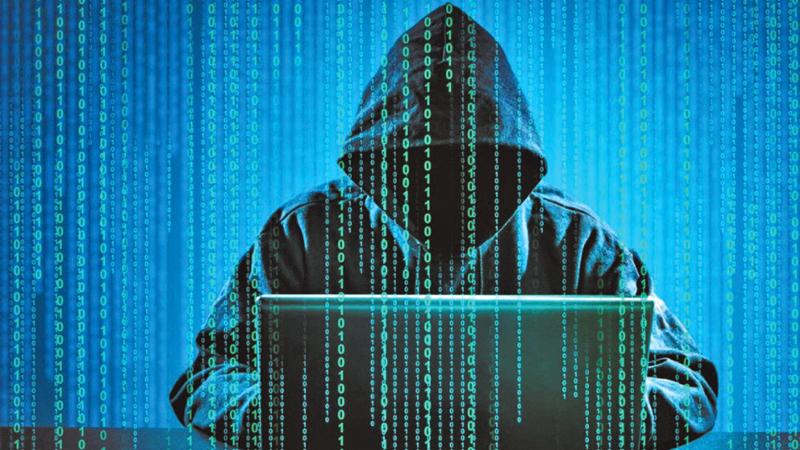
As cyberspace is remarkably responsive, at present we are trying to seek more meaning in social media than we do in real life. Showing up on social media platforms has become essential as it’s the fastest possible way now to know every nook and cranny of the world, to reach out to anyone, any time. On the other hand, cyberspace has created several platforms where people can express themselves freely, with or without sounding offensive.
With the exponential growth in being active in cyberspace, those who violate the rights of others on social media are faced with a new wave of harassment called ‘cyber bullying’ which falls under cyber exploitation.
Though the perpetrator of cyber bullying has the same intention as someone who bullies a person one-on-one, the way they approach the victim is always different and has a more vicious impact on the victim.
Cyber-bullying
‘Cyber bullying’ often causes hurt, embarrassment or threatens another person using the internet, cell phones or other devices by sending or posting pictures, videos and text messages. This is a type of violence of which a majority of youth is affected worldwide.
Considering the reported rates of cyber exploitation cases, it is evident that the age groups and countries are two factors that determine the vulnerability of the victim. Also, the number of cases that have been reported including cyber bullying is numerous and cyber exploitation also includes cases such as, hacking and creating fake profiles.
Victims
As social media consists of a vast range of applications and users, the threat it poses is hard to be measured, for cyber exploitation grows at a pace quicker than the number of social media users. Unfortunately, Sri Lanka lacks proper research forums and case studies to identify and categorise the types of cyber exploitation and violence depending on their nature. As a result, we lack proper records of data pertaining to cyber exploitation and violence experiences.
According to the Grassrooted Trust, schoolgirls tend to fall victim to cyber bullying mostly because of their ex boyfriends who at times demanded nude and explicit photos from their girlfriends and later use the photos to blackmail, threaten and embarrass the girls by circulating the photos from hand to hand and posting them online. A recent case still goes viral on social media including Facebook: constantly mudslinging a contestant from Sirasa TV The Voice Teens who is just 16 proclaims the underlying viciousness of the society we live in, where not even a little schoolgirl can come forward, showcase her talent and earn the respect and applause she deserves.
As members of such a society, raising our voice to silence the haters who try to bring down promising talents and stain their images, we would be using social media as responsible citizens because, we have to stop people getting bullied and criticized for their religion, gender, race, class, caste and looks.
When it comes to health, aspects of the victim and the perpetrator should be analysed. According to Dharini Priscilla of Bakamoono, a person may become a perpetrator as a consequence of his/her learning experiences such as social learning where you see and learn to replicate someone else’s behaviour, upbringing and social structures. For example, if a child is rewarded when he/she does something good, that child realises that if he/she does it again, he/she would again be rewarded (positive reinforcement). On the other hand, if a child is punished for a bad deed, he/she learns that the particular deed should not be repeated because of the fear of punishment (positive punishment).
From the account of the victim, bullying and exploitation have adverse impacts resulting in severe depression levels, such as, post traumatic stress disorder (PTSD). Psychiatry professors have found from researches that the majority of the victims who were bullied had also suffered from childhood trauma. They have brought this link to light, that children with difficult childhoods are prone to get bullied and harassed online.
How to report
If you, your friend, family or anyone else you know feel threatened by any of the previously mentioned types of violence, be it harassments online or a mere phone call, do feel confident to reach out to the following units which can lend you a faithful helping hand.
Cyber Crime Unit (CID) - 0112326979
National Child Protection Authority - 1929
(cyber crime surveillance unit) Sri Lanka CERT - 0112691692
Women In Need - 0775676555
Also, be mindful to keep records as to how you were bullied, including screenshots, numbers and lists of the incidents that took place.
